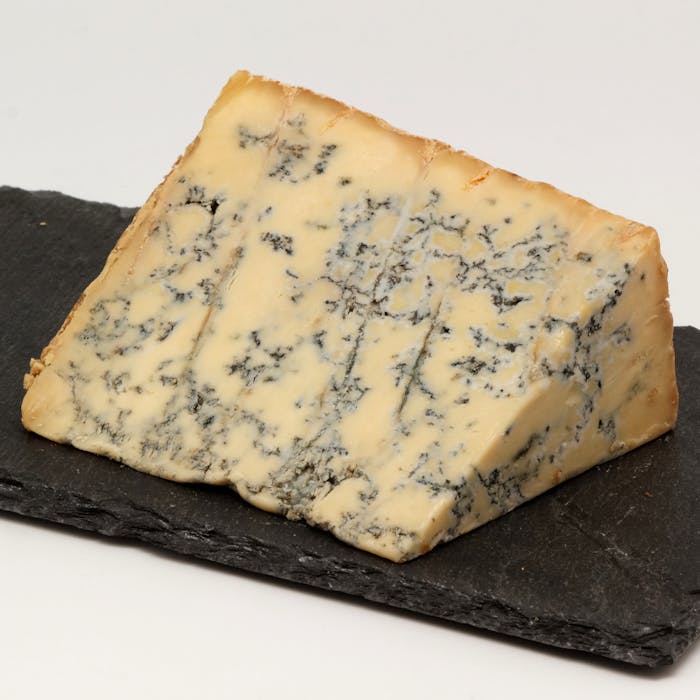
A stink about Stilton
Stilton is one of the world’s best known cheeses. However, there is some dispute over its history, with European and English law insisting that true stilton can only be made in Derbyshire, Nottinghamshire and Leicestershire, despite it being named after a village in Cambridgeshire.
Stilton is an English cheese, produced in two varieties: Blue, which has had Penicillium roqueforti added to generate a characteristic smell and taste, and White, which has not.
Blue Stilton is often added as a flavouring to vegetable soup, and can also be used to make a blue cheese sauce to be served drizzled over a steak, or can be crumbled over a salad. Traditionally, a barley wine or portis paired with Blue Stilton, but it also goes well with sweet sherry or Madeira wine.
Both blue and white stiltons have been granted the status of a protected designation of origin (PDO) by the European Commission, requiring that only such cheese produced in the three counties of Derbyshire, Leicestershire and Nottinghamshire may be called "Stilton".
However, the cheese takes its name from the village of Stilton, now in Cambridgeshire, where it has long been sold, and may once have been made. Legally, stilton cheese cannot be made in Stilton!
Known as the “King of English Cheese”, there are just seven dairies in the world licensed to make Stilton - Hartington Creamery, Colston Bassett Dairy, Cropwell Bishop, Long Clawson Dairy, Quenby Hall, Tuxford & Tebbutt Creamery, and Websters. Together, they turn out a million wheels of Stilton a year.
The most accepted origin story for stilton cheese is that it began with a lady by the name of Frances Pawlett in the mid-18th century. She was a renowned cheesemaker in the village of Wymondham near the town of Melton Mowbray in central England. The cheese that she made was blue-veined and creamy, and she sold a lot of her product to a gentleman called Cooper Thornhill.
Mr. Thornhill operated The Bell Inn in the village of Stilton, Cambridgeshire. Stilton was a stopping point on the coaching route between London and Edinburgh and an excellent trading spot. Any tasty foodstuff on the plates of a major coaching inn had the chance of gaining national fame as travellers spread the news of a new gastronomic discovery far and wide.
The cheese was a big success so, back in Wymondham, Frances Pawlett started contracting neighbouring cheese makers to use her recipe. This appears to have been the beginnings of the commercial development of Stilton Cheese in Leicestershire.
Further developments into the 19th century remain obscure, and the village of Stilton has recently trumped this origin story with one of its own.
Local historian Richard Landy has dug up a recipe dated 1722 for a cheese called Stilton that was made in the village. This was 20 or 30 years before the renowned Frances Pawlett was producing cheese near Melton Mowbray.
The Stilton Cheese Makers’ Association casts doubt on Mr Landy`s claim. They say: “Although a cheese called Stilton was produced in the village, we believe the finished product would bear little resemblance to the blue Stilton Cheese produced in modern times.”
Nevertheless, the villagers of Stilton have erected a plaque on the wall of The Bell Inn naming it “the birthplace of Stilton Cheese.”
The inn itself has tried to rebrand its own blue-veined cheese as “Stilton” and has been slapped on the wrist by the European Union. That Protected Designation of Origin rule means the pub must stick with its original name “Bell’s Blue.” Following Brexit, the local MP started a campaign to change English law to allow Stilton to produce stilton.
The argument continues ....
Further reading
Links to external websites are not maintained by Bite Sized Britain. They are provided to give users access to additional information. Bite Sized Britain is not responsible for the content of these external websites.
